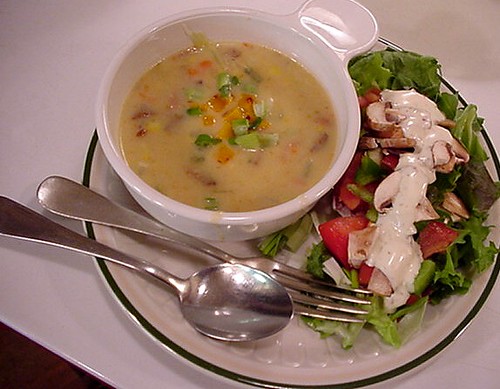Style guides come up, though, because students know that they are out there, but they generally don't have a very firm grasp over what they are or how they work. I do require some familiarity with MLA style because I require its formatting for paper headings and things like margins and spacing. I make formatting a (small) part of my grading criteria, and there are inevitably several students who lose a few points for not double spacing their lines or not putting a title on their papers.
Students don't like this. They think that it's nit-picking and frustrating. It's not "real" writing; it's just annoying. I know what they meant, they insist, so I shouldn't take the points off.
To help demonstrate why paying attention to these details is more than just a place for me to penalize them, I remembered an activity the SLU Writing Center had used when I worked there. I adapted this activity for my developmental writing students, and I was happy with the results.
I divide my students into two groups and then tell them that we're going to have a contest. They need to imagine that they've just entered a busy restaurant.
I explain the rules. They will be given a menu, face down. When I tell them to, they will all turn over the menus and choose one appetizer, one main dish, two sides, one drink, and one dessert. Once they've made their selections, they should stand. I'll walk around and check to make sure their menu is complete. The first group who has completed all of their menus wins.
I hand out the menus. One side of the room gets a menu that is clearly labeled with appetizers, main dishes, sides, drinks, and desserts. The other side gets a menu with the same items, only they are arranged alphabetically. Here's a link to sample menus.
The students are quick to get to work, and both sides start to stand at about the same pace. As I walk around checking menus, though, I am quick to tell the side with the alphabetized menu that they're not done. They've picked an appetizer as a side or two main dishes. The side with the labeled menu gets done fast without any corrections.
Then I show the two menus on the overhead, and the side with the alphabetical menu protests. "That's not fair! Ours wasn't organized!" I tell them that it was perfectly organized. Then they notice that it's alphabetical. We discuss why an alphabetical organization, while definitely an organizational strategy, isn't a good choice for a menu. We talk about audience expectations and how following formats helps the audience understand our information.
I've noticed a lot more properly formatted headings since we've done this activity.


That is awesome. I need to find some way to adapt this to my online classrooms.
ReplyDelete